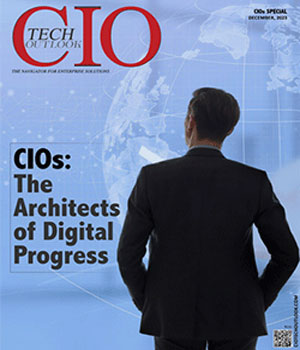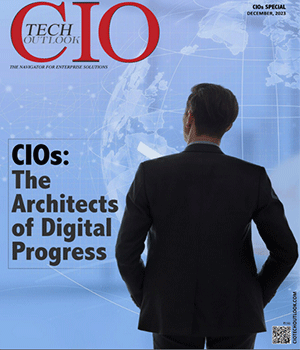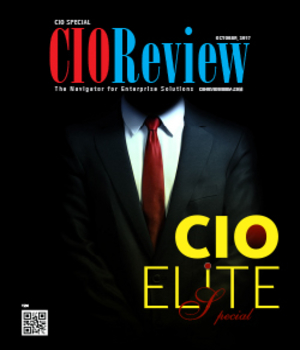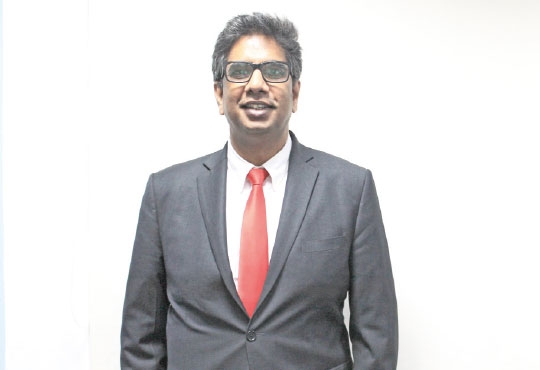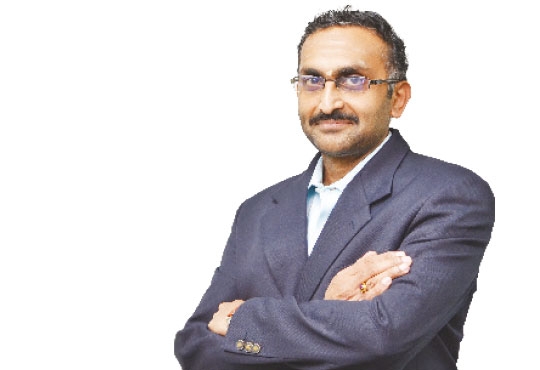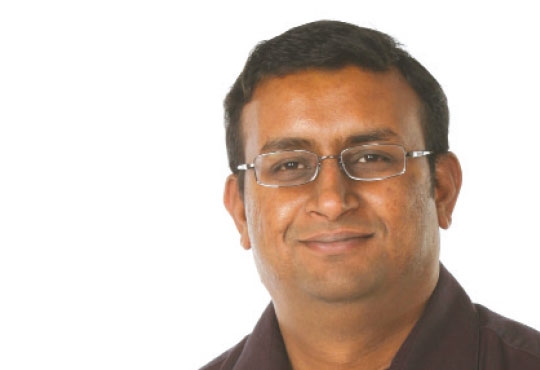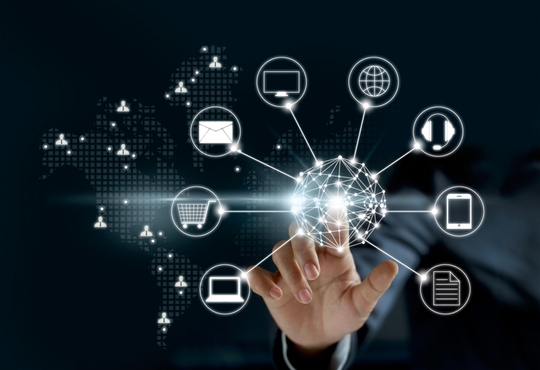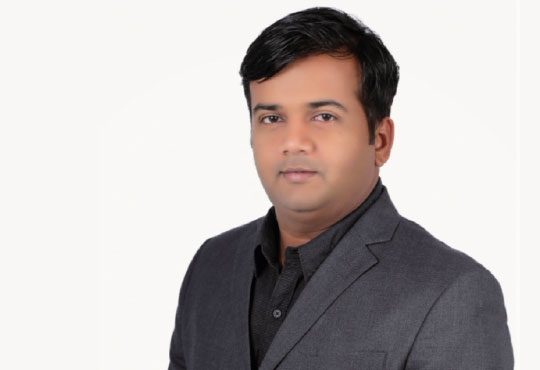
From the INTERNET OF THINGS to the INTELLIGENCE OF THINGS
Raman Vaidyanathan, VP Strategic Solutions for Engineering, Tech Mahindra | Friday, 06 October 2017, 06:57 IST
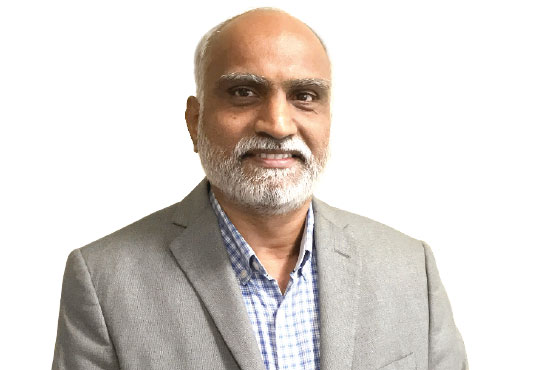 For well over a decade, IT was focused on finding little inefficiencies in existing systems and processes and trying to fix them. The Marginal Gains approach served the industry well for over 4 decades. Find a gap, problem, or niche, use IT to automate and enhance. Rinse. Repeat. The fact that every imaginable business and function in this world runs on IT is testament to how well it served its purpose of automation and value generation.
For well over a decade, IT was focused on finding little inefficiencies in existing systems and processes and trying to fix them. The Marginal Gains approach served the industry well for over 4 decades. Find a gap, problem, or niche, use IT to automate and enhance. Rinse. Repeat. The fact that every imaginable business and function in this world runs on IT is testament to how well it served its purpose of automation and value generation.
However, today, we stand at the cusp of transformational change. The Internet of Things and its helpers – Cloud, Data Analytics, AI and Machine Learning, and Mobility – have put unique capabilities at our disposal. The impact of these technologies, collectively, will be near universal; every industry and function will be informed, shaped, and transformed by the Intelligence of Things (a combination of connected things, data, analytics, and automated actions).
There is no doubt the Intelligence of Things will have a transformational, even disruptive, impact on most enterprises. So, how must enterprises approach this long term commitment to change?
Consider the IoT Long Tail
Sensors and connectivity play a big role in IoT. They are the source of data and rich data is the bedrock for IoT success. In fact, poor data quality is an important reason for IoT pilots failing. Before connecting every imaginable thing, from industrial machinery to cars to medical equipment, ensure you are certain about what you must connect, how you will acquire the right data, and how fast you need them. It requires a comprehensive exercise in classifying your devices, identifying communication protocols, and buying or building gateways that can acquire data. Often, an IoT platform with customizations would simplify the connectivity and data acquisition. Factor in the licencing costs for a full-fledged IoT platform that you will be using for years into the future.
Analytics and AI
While rich data is essential to IoT success, the real benefits accrue from Analytics, Machine Learning, and Artificial Intelligence. Analytics derives insight and intelligence from data, marrying data to outcomes. Intelligent automation is directly related to insight that can initiate 2 real-time, automated action. One automated decision means one more process that can be triggered without a mouse click. And, a daisy chain of linked systems, decisions, and processes presents itself. Domain dependent, industry, and use case focused analytics will be a crucial pillar for your IoT.
Security, from Things to Experiences
Cyber adversaries are increasing and, as we connect a multitude of things, there are threats to different parts of connected ecosystems. The MiraiDDoS attack was an eye opener as there are no sacrosanct systems. Enterprises must secure and fortify the entire ecosystem, from Things to Data to Transactions, Processes and Users. Adopt frameworks, develop policies, and enlist specialists for security consulting, penetration testing, cloud security, and advanced persistent threat management.
Plan the Pilot
We have already addressed the key technology elements for IoT investments. From an operations and business perspective, IoT is a long term commitment to transformation. Always start with a pilot. However, 60% of all IoT initiatives stall at Proof of Concept (PoC), failing to demonstrate value. Not having a well thought out PoC with clear and tangible targets is a recipe for failure.
Prioritize what you are looking for:
• Embracing intelligent automation to realize new operational efficiencies?
• Delivering better customer experiences that translate to improved engagement and loyalty?
• Generating new revenue opportunities and creating new business models?
I believe the points outlined here provide a broad framework for enterprises to ideate, debate, and initiate IoT investments. There will be a lot of detailed technical analyses required for each category, considering the broad area of impact IoT will have in your organization. Talking about them is out of scope of this article.
However, I would like to leave you with a commandment:
Be wary of automating the status quo.
The Intelligence of Things opens up so many possibilities that it is easy to get carried away and create piecemeal solutions that deliver marginal gains in silos. IoT must not happen within silos and do not imprison your data in walled gardens. While there are immense possibilities across the value chain – from Sales and Marketing to Engineering to production to end users – it is imperative that you never start without validated use cases that make sense for your business. Not all use cases will deliver the transformation you are looking for. Pick and choose wisely and prioritize the specific business outcomes you expect so that you achieve tangible RoI from your IoT investments. While it is wise to start small, IoT has the potential to deliver exponential value with scale. Draw a near term and long term roadmap that takes into account the TCO and RoI3
over time. When you start, do not just dive in and dig deep, but also step back and take in the whole value chain. Use Design Thinking and the Intelligence of Things to unlock latent opportunities and scale.
CIO Viewpoint
Hyper-Converged Infrastructure: The Next Big...
By Amit Jaokar, EVP - IT, Choice International
Embracing Technology: Need of the Hour in BFSI
By Nikhil Bandi, SVP & CIO, Vistaar Financial Services
Three Pronged Approach For Digitization In Life...
By Ekhlaque Bari, EVP & Head Technology - Max Life Insurance
CXO Insights
A Glimpse of A Changed AI Perspective in India
By Dr. Vijay Srinivas Agneeswaran, Senior Director of Technology, Sapient
Social Networking and the Enterprise
By Arindam Sen, SVP, Schneider Electric
Digital Transformation - Darwinism Or Dwarfism?


